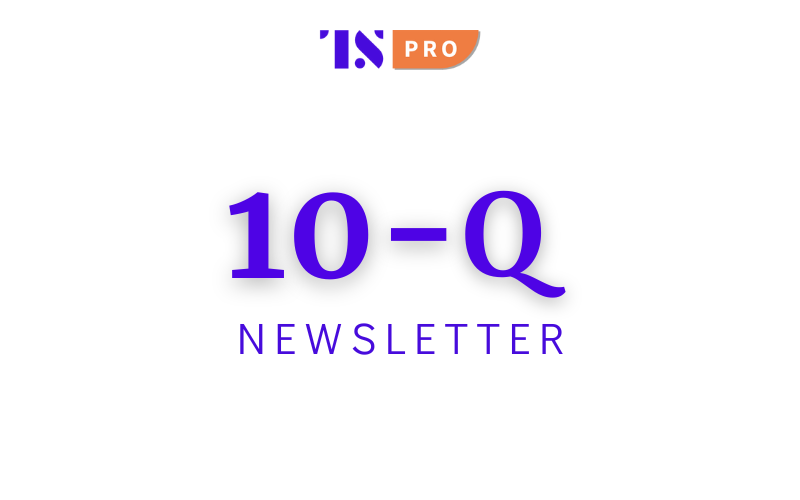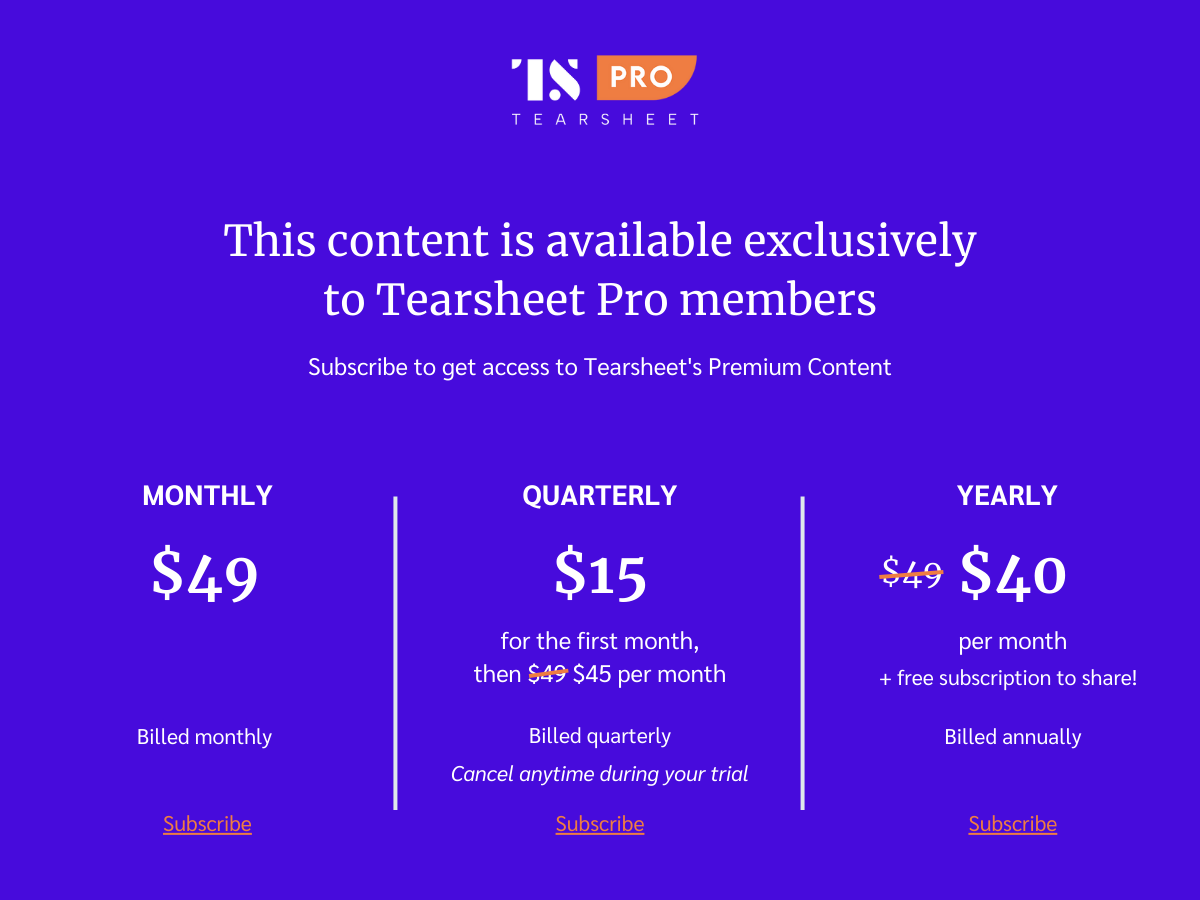Revisiting narratives through the 10Q lens.
by SARA KHAIRI
2023 was a rough year for financial firms. But it was particularly tough for publicly listed companies that were subjected to investor skepticism, critical analyses, and the erratic trajectories of stocks in a turbulent market. Despite these challenges, there were glimpses of small wins as some stocks rebounded from losses, as financial firms reworked their strategies and unveiled expansive roadmaps for 2024.
Let’s take a look into both the trials and triumphs of some of the leading public companies over the past year and recent developments that have taken place.




